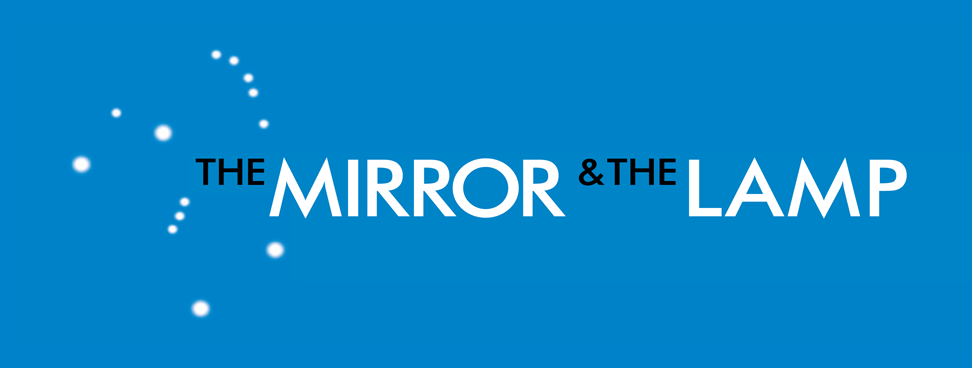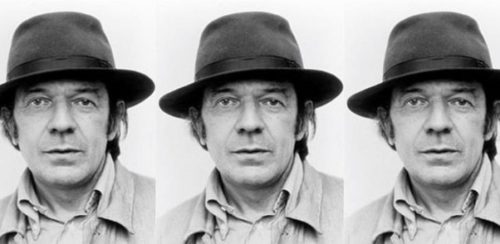The passage reads in full:
Do not use thought to ground a political practice in Truth; nor political action to discredit, as mere speculation, a line of thought. Use political practice as an intensifier of thought, and analysis as a multiplier of the forms and domains for the intervention of political action.
The quotation is taken from Foucault’s preface to the American translation of Gilles Deleuze and Félix Guattari’s Anti-Oedipus, which appeared in 1977.
Although the preface purports to be (and to some extent is) a summary of the ethical and political “message” of Anti-Oedipus, it’s really a statement of Foucault’s own attitude at the time. And it’s an elegant bit of prose, all the more effective for being so much more intelligible than the book that follows. I’m willing to bet that most readers recall Foucault’s preface more clearly than anything else in Anti-Oedipus.
As for what it means, that’s best seen in contrast to the view Foucault opposes.
Before the “five brief, impassioned, jubilant, enigmatic years” of 1965–70, Foucault writes, political thought on the left in France was dominated by Marx and, to a lesser extent, Freud. But the self-proclaimed liberators of humanity inspired by these figures turned out to be disasters. They were the “sad militants” of the Communist Party (“bureaucrats of the revolution and civil servants of the truth”), the “technicians of desire” (psycho-analysts and psychiatrists who wanted to get everyone’s desires back to “normal”), and the fascists – not the “historical” fascists but rather “the fascism in us all, the fascism that causes us to love power.” Continue reading


